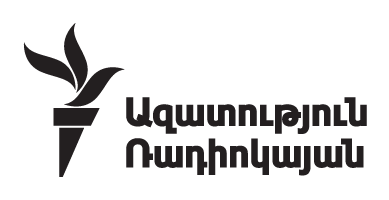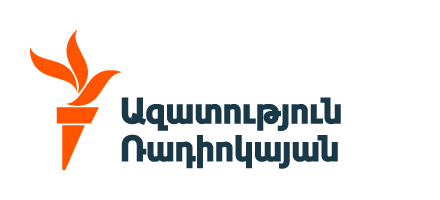“Real GDP growth is expected to remain strong reaching about 5 and 5.5 percent in 2025 and 2026, respectively,” it said in a statement on an IMF team’s two-week visit to Yerevan concluded on September 30. “Risks to this outlook stem mainly from the uncertainty related to the ongoing global trade tensions and potential slowdown in the growth of trading partners, and regional geopolitical risks.”
The Armenian economy grew by 5.9 percent last year, down from 8.3 percent in 2023 and 12.6 percent in 2022. The Armenian government forecast late last year a 5.1 percent growth rate for 2025. The IMF said in April that it should slow to 4.5 percent.
The slowdown is widely attributed to dwindling positive knock-on effects of Western sanctions against Russia. Armenian entrepreneurs have taken advantage of the sanctions by re-exporting many Western-manufactured goods to Russia. This was the main driving force behind the robust growth in 2022 and 2023.
“Armenia’s economic activity remains robust, with real GDP growth of 5.6 percent in the first half of the year, driven by buoyant consumption and investment as well as strong tourism arrivals,” said the IMF statement.
The first-half growth was stronger than expected despite a 12 percent year-on-year drop in industrial output. Government data shows that this slump was offset by continued growth in trade, other services and construction.
The statement praised the Armenian authorities for keeping inflation under control and cutting the state budget deficit through a “robust” increase in tax revenues. It said the IMF officials’ talks in Yerevan paved the way for the release of a fresh IMF loan to Armenia worth about $175 million.




